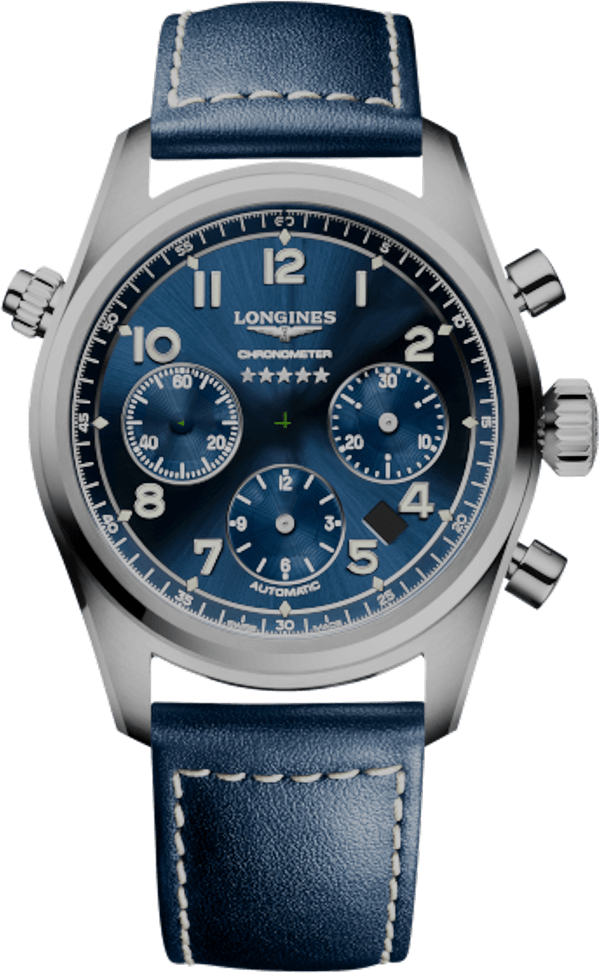

Buy Tickets
A behind-the-scenes look with service technician Georg Kleer

In skiing, the smallest details can determine victory or defeat. While weather and slope conditions are beyond control, equipment plays a crucial role. The service technician, who custom-prepares the skis, is one of the athlete’s most important confidants—second only to the coach. Despite their vital role, they rarely take center stage. We spoke with Georg Kleer, 36, a service technician at Atomic, who has been responsible for the skis of Italian team gold medalist Alex Vinatzer for the past two years.
Servus, Georg! Thanks for taking the time to talk about yourself and your work. You’ve been here for the first two days and will stay throughout the technical competitions in Saalbach-Hinterglemm. That must be an unusual feeling for someone who’s probably on the road more than at home, right?
Georg Kleer: That doesn’t happen very often, indeed. Even before my time at Atomic, I worked for other ski companies. I raced as a kid myself—I’ve always been in the ski business.
As a service technician, do you have a contract with Atomic, or is it through the national teams or even the athletes?
Georg Kleer: With the company. I work exclusively for Atomic. If Alex were to get injured, I wouldn’t stay in Italy to service another athlete—I’d either be back at Atomic or my boss would assign me to someone else.
You’ve been working with Alex for two years now. How does trust develop in such a partnership? Do you get to know each other, realize it’s a good fit, and ideally build a friendship alongside the professional relationship?
Georg Kleer: When you’re constantly on the road together, it can’t and shouldn’t be impersonal. Especially between a service technician and an athlete, you need a strong foundation of trust. Mistakes can always happen, but ultimately, what matters to me is that the skier stands at the start line without having to worry about whether everything is right. It has to work—that trust has to be there.
How many hours a day do you spend together? What does a typical day look like?
Georg Kleer: On a normal training day, we’re on the slopes in the morning. Then we head to the hotel for lunch together. After that, I go to the ski room while Alex does his conditioning program—he usually drops by later, and we discuss various things. Then it’s dinner, and the next morning, we start all over again (laughs).
Were you a service technician first, or was your girlfriend in your life before that?
Georg Kleer (smirks): I’ve been a service technician longer. But my girlfriend is a ski racer.
So she knew what she was getting into (laughs)?
Georg Kleer: Exactly!
Let’s talk briefly about the spontaneity required in your job. If the weather and slope conditions change, do you adjust the setup on the mountain - or even switch to a different race ski?
Georg Kleer: You usually have a rough idea of what could happen and prepare accordingly. But it’s not uncommon to swap skis shortly before the start.
Is that just business as usual, or do you have to mentally switch gears and rethink everything?
Georg Kleer: For me as a service technician, it’s no problem—I’m prepared for that. For the athlete, it’s also helpful to know that the setup has been adjusted so they can mentally adapt as well.
Speaking of mentality - when you arrive at a World Championship, and your athlete, along with his three teammates, unexpectedly wins the gold medal, do you walk around with an extra bit of pride in the following days? What does a success like that mean for you as a service technician?
Georg Kleer: That’s the dream—starting a World Championship like that. It’s no secret that the team event doesn’t carry the same prestige as individual races, but what matters is this: Alex is a world champion. That makes things a bit more relaxed. You’ve got the medal at home, and in the end, it doesn’t matter where you won it!

©2023. All rights reserved.